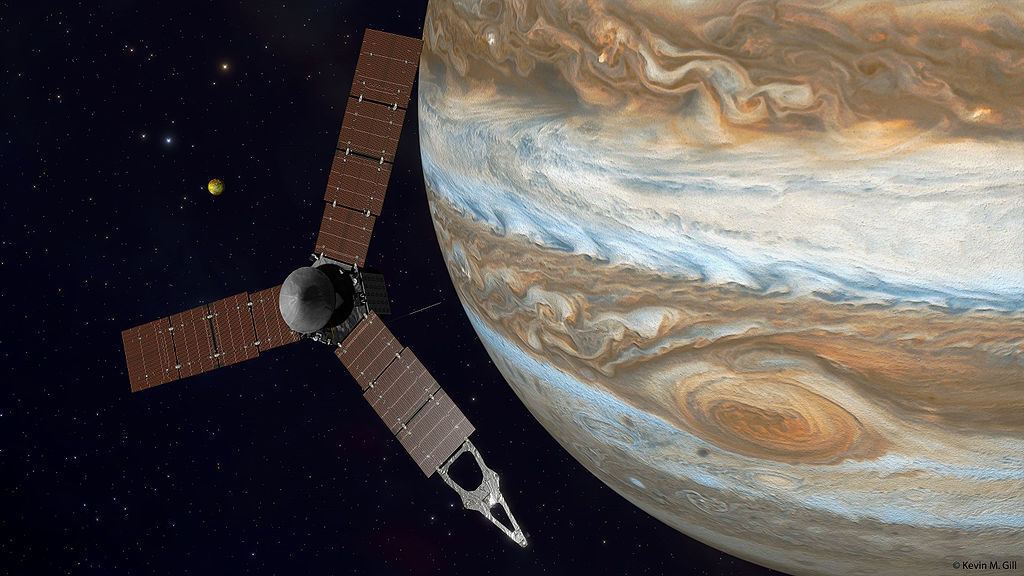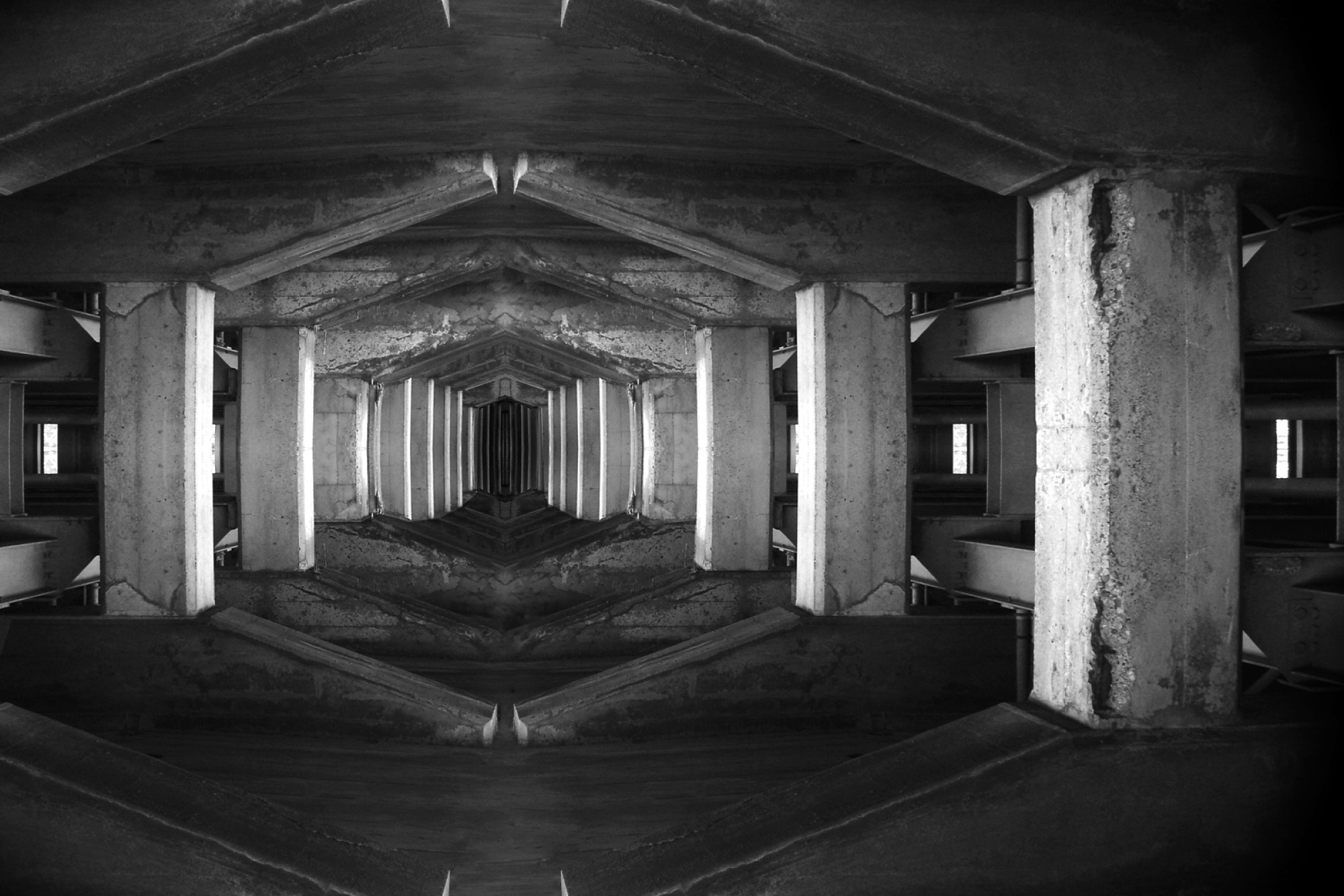Jupiter’s New Companion
Late on July 4th, NASA tweeted that their space probe, Juno, successfully entered Jupiter’s orbit after five years and 1.7 billion miles of travel. Juno is the first spacecraft to reach Jupiter since Galileo in 1995. The probe broke multiple records during its journey, including fastest man-made object at 165,000 miles per hour, and farthest solar-powered spacecraft from Earth. Juno more than broke the 492-million-mile record held by the Rosetta mission.
The probe holds nine instruments that will be used to take various measurements of the largest planet in the solar system, which will hopefully yield monumental results for the mission. These instruments were powered down for entering orbit while the probe was still 3.3 million miles from Jupiter and will be powered up for a test run on August 27. These scientific instruments are protected by a 400-pound titanium vault which will protect from Jupiter’s overwhelming levels of radiation. Juno will face radiation levels relative to one million dental x-rays while collecting information.
Juno’s $1.1 billion mission focuses on learning as much about Jupiter’s origins as possible. Scientists are centering on Jupiter’s poles, from which radiates an enormous magnetic field that is 20,000 times stronger than Earth’s. Using technology unavailable during Galileo’s time, NASA will be able to scan the actual surface of Jupiter that lies beneath the dense orange clouds. Juno also plans to discover whether or not Jupiter has a solid core similar to Earth’s, and whether the planet contains essential elements like hydrogen, water, and ice.
Although space travel continues to captivate scientists and spectators alike, there are ethical limits to take into consideration. In a world of limited resources, one has to consider how vital space exploration is compared to other pressing matters, such as poverty. The $1.1 billion spent on Juno could have been spent instead on expanding primary school programs or welfare funds. After all, this billion-dollar project has a fast-approaching expiration date. The Juno mission is expected to end on February 20, 2018, when the probe will crash into Jupiter and be destroyed. And that’s only if the probe lasts as long as planned without major complications. Unfortunately, the United States government is paying $1.1 billion for a wealth of information without getting any of the instruments back for a second use.
Despite this, NASA’s legitimacy has only been questioned a handful of times. In 2013 when the government failed to decide on a budget in time for the fiscal cliff, NASA’s non-essential programs were shut down for two weeks. After the issue was resolved, NASA re-opened and continued planning new programs to reach farther into space. Although space exploration has high costs and high risk, it also has high reward.
Juno’s possible contributions could change the future of space exploration. It is no secret that NASA is searching for other habitable planets that could possibly support life after Earth’s resources are spent. Juno will likely add to the list of Jupiter’s 67 known moons, a handful of which have already been tagged as possibly habitable. Spending millions of dollars on space exploration could mean extending humanity’s lifespan. Perhaps the high risk, high reward that comes with space exploration is what continues to fascinate people young and old. As the instruments are powered on and begin collecting data, keep your eyes peeled for beautiful color images and videos of the solar system’s gas giant.





